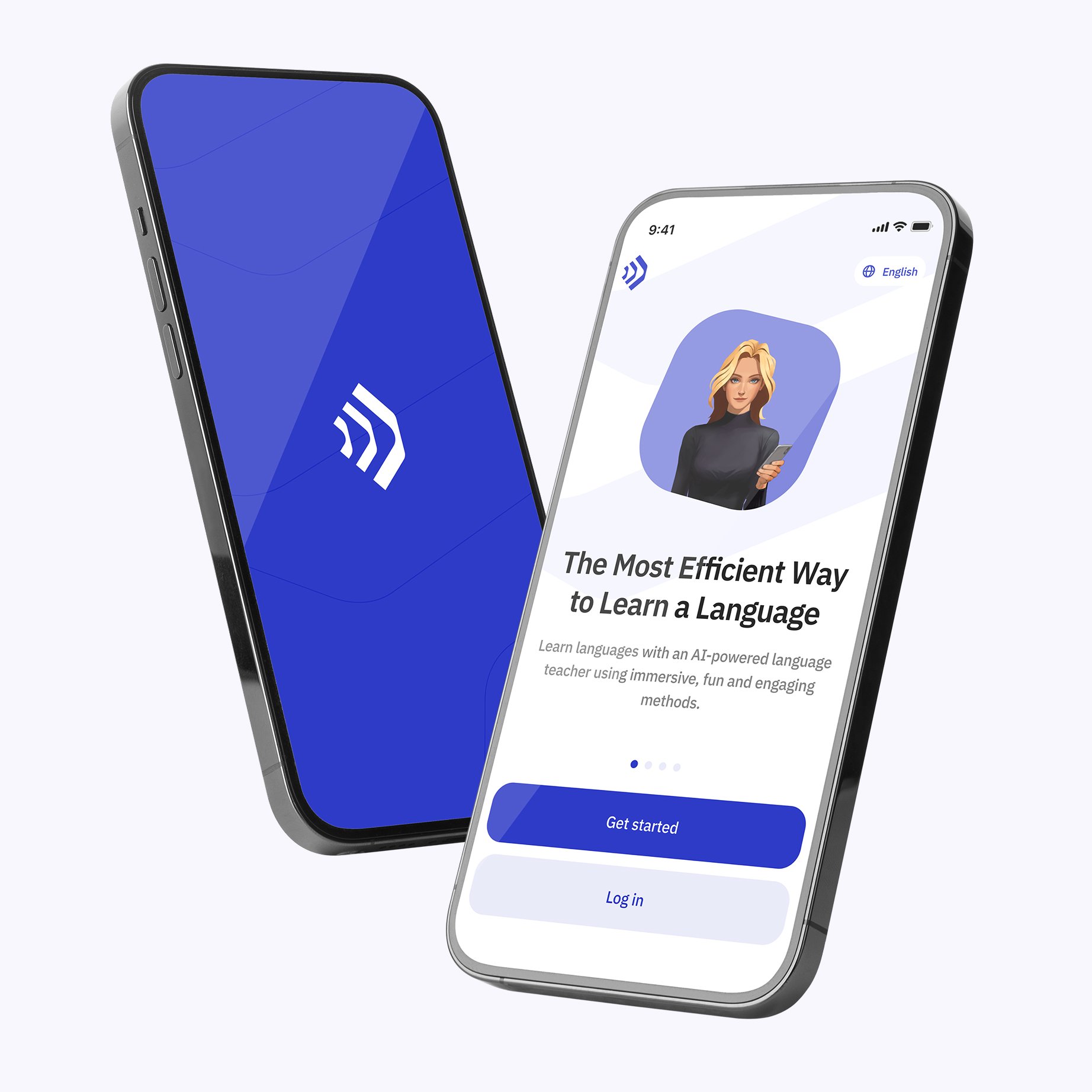Understanding the Importance of Basic Conversation in Dutch
Before diving into complex grammar and vocabulary, mastering basic conversation in Dutch is crucial. It forms the foundation for effective communication and builds confidence for language learners. Basic conversational skills allow learners to:
- Introduce themselves and others
- Engage in everyday social interactions
- Ask for directions and assistance
- Order food and shop efficiently
- Express simple opinions and emotions
These conversational abilities are essential, especially for travelers, expatriates, or anyone looking to integrate into Dutch-speaking communities. Learning through Talkpal’s interactive dialogues provides a practical approach to grasping these basic conversations quickly.
Key Components of Basic Conversation in Dutch
To effectively engage in basic Dutch conversations, it’s important to focus on several core components:
1. Greetings and Introductions
Mastering greetings and introductions is the first step in any language. In Dutch, common greetings include:
- Hallo – Hello
- Goedemorgen – Good morning
- Goedenavond – Good evening
- Hoe gaat het? – How are you?
Introducing yourself politely can be done with phrases such as:
- Ik heet… – My name is…
- Ik kom uit… – I come from…
2. Common Questions and Responses
Asking and answering questions is fundamental to conversation. Some useful Dutch questions include:
- Waar kom je vandaan? – Where are you from?
- Wat doe je voor werk? – What do you do for work?
- Hoe laat is het? – What time is it?
- Kun je dat herhalen? – Can you repeat that?
Knowing how to respond appropriately helps keep conversations flowing:
- Ik kom uit Nederland. – I come from the Netherlands.
- Ik ben leraar. – I am a teacher.
- Het is drie uur. – It is three o’clock.
3. Polite Expressions and Social Etiquette
Using polite expressions is essential in Dutch culture and communication. Basic phrases include:
- Alsjeblieft – Please (informal)
- Alstublieft – Please (formal)
- Dank je wel / Dank u wel – Thank you (informal/formal)
- Sorry – Sorry
Incorporating these into your conversations will demonstrate respect and help you sound natural and courteous.
Practical Scenarios for Using Basic Dutch Conversation
Engaging in real-life situations helps solidify your understanding of basic conversation in Dutch. Below are common scenarios where these skills are highly applicable:
Traveling Around the Netherlands
Travelers can benefit enormously from knowing basic Dutch phrases to navigate airports, train stations, and tourist attractions. Useful phrases include:
- Waar is het station? – Where is the station?
- Hoeveel kost een kaartje naar Amsterdam? – How much is a ticket to Amsterdam?
- Heeft u een plattegrond? – Do you have a map?
Dining Out
Ordering food and drinks is a common conversational need. Basic Dutch phrases for dining include:
- Mag ik de menukaart alstublieft? – May I have the menu, please?
- Ik wil graag… – I would like…
- De rekening, alstublieft. – The bill, please.
Shopping and Services
When shopping or asking for services, knowing basic conversation helps in making purchases and inquiries:
- Hoeveel kost dit? – How much does this cost?
- Heeft u dit in een andere maat? – Do you have this in another size?
- Waar is de paskamer? – Where is the fitting room?
How Talkpal Enhances Learning Basic Conversation in Dutch
Talkpal is designed to make language learning engaging and effective by focusing on conversational practice. Here’s how Talkpal supports learners aiming to master basic conversation in Dutch:
- Interactive Dialogue Practice: Users can simulate real-life conversations, helping to improve fluency and comprehension.
- Personalized Learning Paths: Lessons adapt to your skill level, focusing on relevant vocabulary and phrases for everyday use.
- Instant Feedback: Talkpal provides corrections and suggestions to help you improve your pronunciation and grammar.
- Community Support: Practice with native speakers and fellow learners to gain confidence and cultural insights.
- Convenient Access: Learn anytime, anywhere with mobile and desktop compatibility.
Tips for Practicing Basic Conversation in Dutch Effectively
To maximize your learning experience, consider these strategies when practicing basic Dutch conversations:
- Practice Daily: Consistency is key. Spend at least 15-30 minutes each day practicing conversations.
- Use Flashcards: Create flashcards with common phrases and vocabulary to reinforce memory.
- Record Yourself: Listening to your own speech helps identify areas for improvement.
- Engage with Native Speakers: Real conversations provide invaluable practice beyond textbook learning.
- Incorporate Media: Watch Dutch movies, listen to podcasts, or read simple texts to immerse yourself in the language.
Common Challenges and How to Overcome Them
Learning any language comes with obstacles. Here are some common challenges learners face with basic conversation in Dutch and solutions to overcome them:
Pronunciation Difficulties
Dutch pronunciation can be tricky, especially with guttural sounds and vowel variations. Overcome this by:
- Using Talkpal’s pronunciation guides and voice recognition features
- Listening to native speakers frequently
- Practicing difficult sounds repetitively
Remembering Vocabulary
Vocabulary retention is vital for conversation. Improve memory by:
- Grouping words by theme (e.g., food, travel, greetings)
- Using spaced repetition techniques
- Incorporating new words into sentences immediately
Building Confidence
Many learners hesitate to speak due to fear of making mistakes. Boost confidence by:
- Practicing in low-pressure environments like Talkpal’s virtual conversations
- Celebrating small milestones
- Understanding that errors are part of learning
Conclusion
Mastering basic conversation in Dutch is a vital step for anyone aiming to communicate effectively in everyday situations. By focusing on greetings, common questions, polite expressions, and practical scenarios such as traveling, dining, and shopping, learners build a solid foundation. Talkpal offers a dynamic and supportive environment to practice these skills, making language acquisition both accessible and enjoyable. With consistent practice and the right resources, you’ll soon find yourself confidently engaging in Dutch conversations, enriching your personal and professional life.









